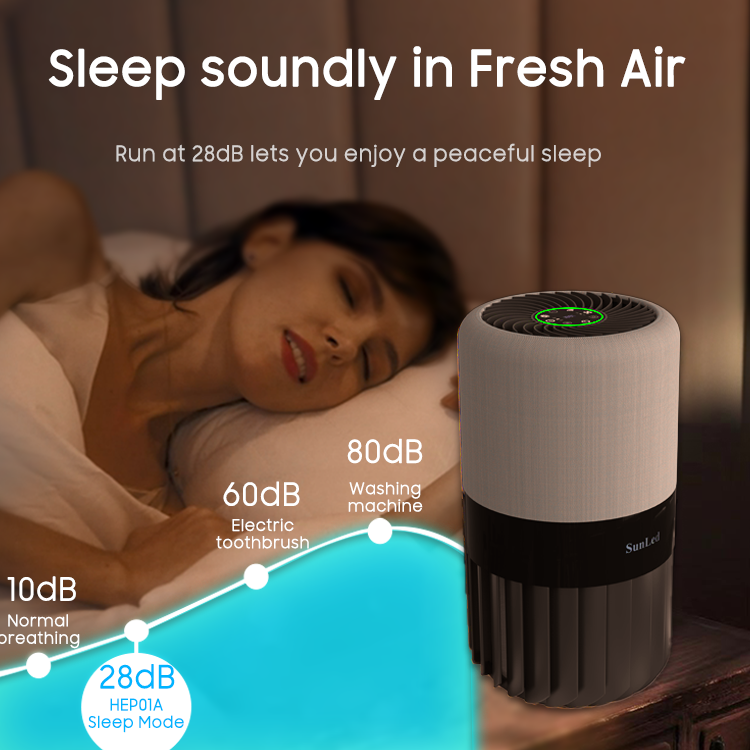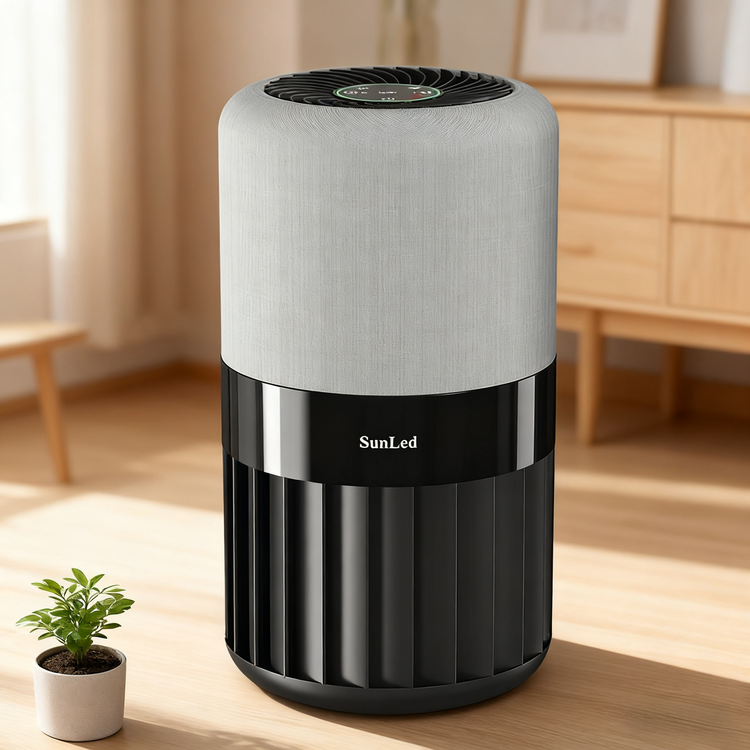As indoor air quality becomes an increasing concern worldwide, air purifiers are becoming an essential appliance in many homes and offices. From seasonal pollen and dust to smoke, pet hair, and harmful chemicals like formaldehyde, air purifiers help maintain a clean and healthy indoor environment. However, owning an air purifier is not enough. Incorrect usage can reduce its effectiveness and, in some cases, even create new air quality issues. Understanding the most common mistakes people make when using air purifiers is essential for ensuring clean and healthy indoor air.
Air pollution remains a significant health concern globally. According to the World Health Organization, poor air quality is linked to respiratory illnesses, allergies, and other health problems, with children, elderly individuals, and allergy sufferers being most vulnerable. Air purifiers can make a real difference, but only when used properly. Misplacement, improper maintenance, or incorrect operation can compromise performance, resulting in less clean air than expected and unnecessary energy consumption.
One of the most common mistakes is placing the air purifier in a corner or behind furniture. Many people put their devices in out-of-the-way spaces to save room or for aesthetic reasons. Unfortunately, restricting airflow in this way prevents the purifier from circulating air effectively, reducing coverage and limiting the amount of polluted air that passes through the filter. To achieve optimal performance, air purifiers should be placed in open areas with good air circulation, maintaining at least 20–30 centimeters of space from walls and large furniture. This simple adjustment can significantly improve the efficiency of the purifier, ensuring that every corner of the room benefits from cleaner air.
Another frequent issue is neglecting to replace or clean filters. The filter is the heart of any air purifier, capturing particles and pollutants from the air. Over time, filters become saturated, and if left unchanged, they not only lose effectiveness but can also become a source of pollution themselves. Some users delay replacing filters to save money, unaware that this practice can compromise the device’s performance. Following the manufacturer’s recommendations for filter maintenance is crucial. Typically, HEPA filters should be replaced every six to twelve months, while activated carbon filters may require more frequent replacement depending on indoor air quality and usage patterns. Regular maintenance ensures that the purifier continues to deliver clean, healthy air efficiently.
Many users also make the mistake of running the purifier only occasionally. A brief period of operation is unlikely to maintain clean air throughout the day, especially in environments where pollutants are continuously entering the home, such as smog, pollen, or volatile chemicals from newly installed furniture. To maximize effectiveness, air purifiers should operate for extended periods. For those concerned about energy use or noise, low-power or quiet modes can provide continuous air cleaning without causing disruption or excessive energy consumption.
Assuming that a single purifier can cover an entire home is another common misunderstanding. While some purifiers boast high airflow rates, their effective coverage is limited to the size of the room for which they were designed. Factors such as ceiling height, room volume, and airflow patterns affect the device’s ability to clean air throughout the home. For larger spaces or multi-room homes, it is often necessary to place multiple purifiers in key areas such as bedrooms and living rooms. Selecting a purifier with an appropriate Clean Air Delivery Rate (CADR) for the intended space ensures that each area receives adequate air cleaning, improving overall indoor air quality.
Focusing solely on airflow while ignoring other critical factors is also a frequent mistake. While higher airflow can help circulate air faster, it does not guarantee better filtration. Filter quality, cumulative clean mass (CCM), energy efficiency, and noise levels all influence overall performance. Users should consider these factors in combination with airflow when selecting a purifier. Choosing a device based on multiple performance metrics ensures more effective and reliable air purification.
Experts in home health and appliance safety emphasize that an air purifier is a long-term investment in well-being. Proper placement, regular filter maintenance, and appropriate operational settings are key to maximizing its benefits. By avoiding common mistakes, users can ensure that their purifier contributes meaningfully to a safer and cleaner home environment.
While avoiding these usage mistakes is essential, selecting a high-quality air purifier is equally important. Sunled Air Purifiers have emerged as a trusted choice for households seeking reliable performance and thoughtful design. Sunled purifiers feature high-efficiency multi-layer filters that effectively remove PM2.5 particles, formaldehyde, pollen, pet hair, and odors. The devices are equipped with automatic air quality sensing, allowing them to adjust settings in real time based on indoor conditions. Quiet operation modes ensure minimal disruption during sleep or work, while energy-efficient designs enable continuous use without excessive power consumption. Safety features, including filter replacement reminders and child-lock functions, provide additional peace of mind for families.
Sunled Air Purifiers are suitable for a wide range of households, whether the home is newly renovated, occupied by children or elderly family members, or shared with pets. Their combination of efficient filtration, smart operation, quiet performance, and safety makes them an ideal solution for improving indoor air quality and promoting healthier living spaces. By choosing Sunled, households can enjoy clean, fresh air and the reassurance that their air purification efforts are truly effective.
In conclusion, air purifiers can play a vital role in maintaining a healthy indoor environment, but only if they are used correctly and paired with reliable technology. Avoiding common mistakes such as improper placement, neglecting filter maintenance, running the device inconsistently, overestimating coverage, and focusing solely on airflow can significantly improve the benefits of any air purifier. Combining good usage habits with a trusted device like Sunled ensures that indoor air remains clean and safe for all family members, providing both comfort and peace of mind.
Post time: Sep-19-2025


